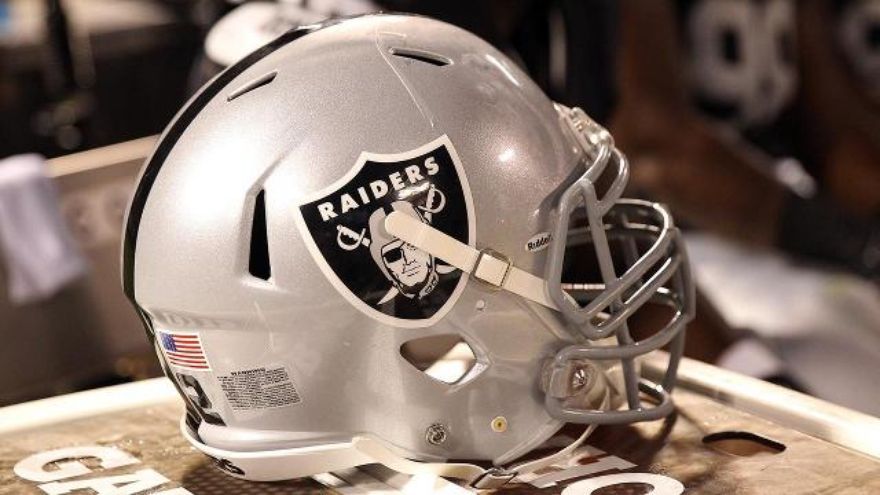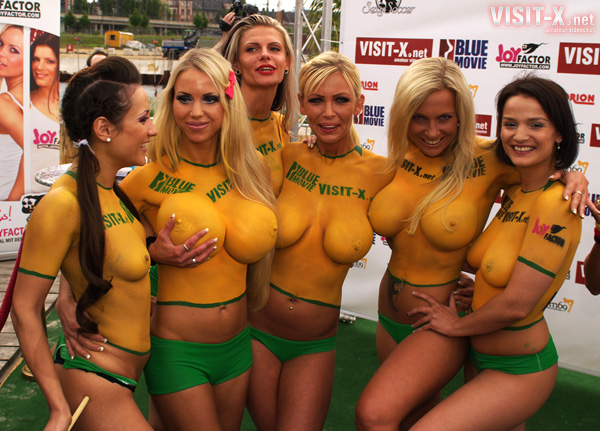REI Neon had an elaborate $10.5 billion scope that included an arena, hotel, casino and residential area with a retail and entertainment district that it unveiled in 2008. The project never got off the ground.
Las Vegas’ history filled with failed stadium, arena projects
Arena and stadium proposals being promoted for the Las Vegas Valley must overcome a long history and a barren wasteland littered with failed projects.
Las Vegas has seen the death of more venue ideas than any other city in the country in recent years. They’ve come and gone as rapidly as the weekend tourists that populate the Strip, with nearly a dozen plans laid to rest within the past decade and countless more spanning back further.
“We’ve watched it for 15 years,” said Daren Libonati, a veteran in the local stadium and arena business who runs Justice Entertainment Group. “The reality is, the only people to ever put their money where their mouth was were the hotel properties.”
Financing issues have caused the deterioration of the vast majority of the hypothetical arenas. Clark County commissioners have nixed a number of projects asking for public funding.
Several of them have ties to the projects now being discussed. Most notably, Texas businessman Chris Milam, who’s at the forefront on the Las Vegas National Sports Complex in Henderson, has seen three projects fail to get off the ground the past three years.
His most memorable effort came with the Silver State Arena, proposed for the former site of the Wet ‘n Wild water park on Las Vegas Boulevard south of Sahara Avenue. Plans were withdrawn after the county rejected a proposal to fund 15 percent of the venue with public money and nearby residents opposed construction.
Milam eventually turned his focus to a four-arena complex west of Mandalay Bay, but those talks ended more prematurely.
“You need to know where you’re going to get your money,” Mayor Carolyn Goodman said when asked of all the failed projects. “They’re dreams, but they haven’t done their homework or they haven’t gotten their money.”
Goodman is committed to bringing a world-class venue to downtown Las Vegas. But downtown’s failure rate when it comes to building an arena has proven just as high as the rest of the valley.
Milam briefly explored building his complex off of Charleston Boulevard, but Baltimore’s Cordish Cos. has an exclusive agreement with the City Council to study the area’s potential for an arena.
The deal came after the REI Neon project failed to get off the ground four years ago. REI Neon had an elaborate $10.5 billion scope that included an arena, hotel, casino, and residential area with a retail and entertainment district.
A decade ago, an Idaho businessman also came close to constructing a 7,500-seat downtown arena for the Las Vegas Wranglers hockey team.
“When I was younger, everyone wanted to meet all the guys and hear all these great ideas,” recalled Steve Stallworth, currently the general manager of South Point Arena and Equestrian Center. “Now, after so many, we’ve kind of become numb to it.”
Stallworth has spent 25 years in the local venue business. He’s worked at three of the five arenas standing in Las Vegas and helped open what would become the Wranglers’ home, the Orleans Arena, when the downtown proposal fell apart.
The city’s other pre-eminent minor-league franchise, the Las Vegas 51s, hasn’t been as fortunate in finding a new place to play. The 51s — who are stuck at Cashman Field, which has not undergone any major renovations since its opening in 1983 — looked to relocate to Henderson in the early 2000s.
Funding hurdles killed the idea, which team officials hoped would entice the Los Angeles Dodgers to keep their Triple-A affiliate in Las Vegas. The Dodgers bailed in 2008, citing Cashman Field as a primary reason.
On a grander scale, the southeastern part of the valley was in the discussion to land an arena two years ago with a project headed by developer Garry Goett. The Las Vegas Arena Foundation hoped to build a 20,000-seat venue near the South Point.
Libonati said he engaged in preliminary talks years ago to bring a Meadowlands-type compound that could house multiple professional sports teams around the same area.
“Wonderful projects have been presented,” Libonati said. “It’s just been a matter of getting the economics right.”
That’s the classic battle, the same one staring in the face of the current arena proposals.
Need at least 3 ratings







